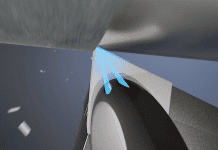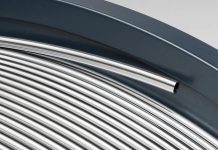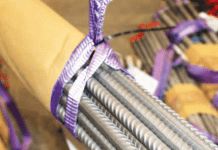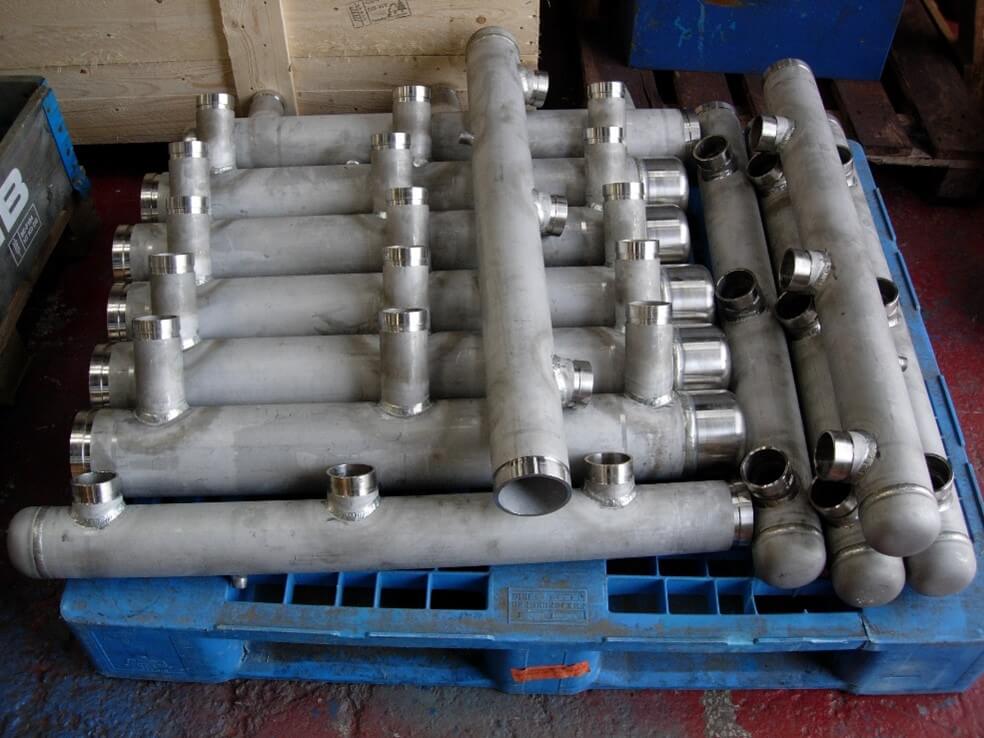What are the requirements on chemistry of welding metals used in the fabrication of components for nuclear reactors?
By Peter Stones, IEng MWeldI IWE/EWE
The welding of metals used in the fabrication of components for nuclear reactors requires special attention to the chemistry of the materials to ensure that the welded joints have the necessary strength, toughness and resistance to corrosion and irradiation. Some of the key requirements for the chemistry of welding metals used in nuclear reactor components include:

- Low impurity content: The welding metals must have low levels of impurities such as sulphur, phosphorus, and carbon, as these impurities can weaken the weld joint and make it more susceptible to cracking and corrosion.
- High purity: The welding metals must be of high purity to ensure that they do not introduce any contaminants into the reactor coolant or other critical systems.
- Controlled composition: The composition of the welding metals must be carefully controlled to ensure that they have the necessary mechanical properties and corrosion resistance.
- Radiation resistance: The welding metals must be resistant to radiation damage. This requires that they have a low neutron absorption cross-section and do not produce radioactive isotopes when exposed to neutron radiation.
- Compatibility with base metal: As with any welded joint, the welding metals must be compatible with the base metal being welded to ensure that the joint has the necessary mechanical properties and resistance to corrosion.
Some examples of metals that may not be suitable for use in nuclear reactors include:
- Aluminium: While aluminium is commonly used in many industrial applications, it is not suitable for use in nuclear reactors due to its low radiation resistance. When exposed to radiation, aluminium can become brittle and prone to cracking.
- Copper: Copper is another metal that is not typically used in nuclear reactors due to its low radiation resistance. Like aluminium, copper can become brittle and prone to cracking when exposed to radiation.
- Carbon steel: Although carbon steel is commonly used in many industrial applications, it is not suitable for use in nuclear reactors due to its low radiation resistance. Carbon steel can become brittle and prone to cracking when exposed to radiation.
- Lead: Lead is commonly used as a radiation shield in many industrial applications. However, it is not suitable for use in nuclear reactors due to its low radiation resistance. Lead can become brittle and prone to cracking when exposed to radiation.
- Titanium: While titanium is commonly used in many industrial applications, it is not suitable for use in nuclear reactors due to its low radiation resistance. Titanium can become brittle and prone to cracking when exposed to radiation.
- Boron: Boron is a problem for metal composition of alloys used in nuclear reactor fabrication because it has a high neutron absorption cross-section. When boron atoms are present in a metal alloy, they tend to absorb neutrons that are produced during nuclear reactions in the reactor, thereby reducing the number of neutrons available for further reactions.
This neutron absorption by boron can cause a variety of issues in nuclear reactors. For example, in pressurized water reactors (PWRs), which are the most common type of nuclear reactor used in power generation, boron is used as a neutron absorber to control the reactor’s power level. However, if the metal alloy used in the reactor contains too much boron, it can interfere with the effectiveness of the control rods and other neutron-absorbing components of the reactor.
Welding
The materials and methodology for any welded joint are typically specified in the welding procedure specifications (WPS) and are subject to strict quality control and testing procedures to ensure that:
a) The welding materials meet the necessary requirements and are to the required level of certification.
b) The welder making the joint is competent to follow the instructions in the WPS.
c) Quality procedures are in place to ensure that the WPS is followed and utilises all the correct materials in the correct way.
The WPS is an important document and is part of the Quality System, which is crucial to the delivery of a safe fabrication. Quality Assurance is all the planned and systematic actions necessary to provide adequate confidence that a product will satisfy given requirements for quality. Quality Control is the operational techniques that are used to fulfil requirements for quality.
Meet the columnist
 Peter Stones, IEng MWeldI IWE/EWE
Peter Stones, IEng MWeldI IWE/EWE
As part of the ESAB Specialty Alloys Group, Peter is technical support for stainless and nickel alloy filler metals. Peter is actively involved with TWI and is a non-executive director of The Welding Institute. Peter worked for Sandvik for 10 years and was Global Product Manager for Sandvik Welding up to 2018, when ESAB purchased the filler metals business.
Email: peter.stones@esab.com







